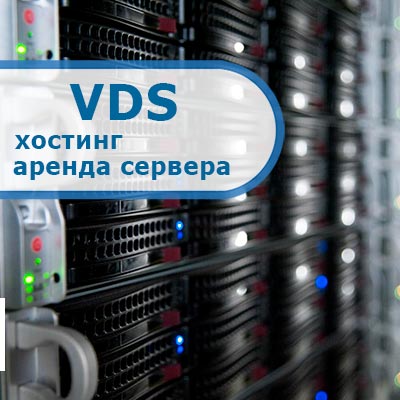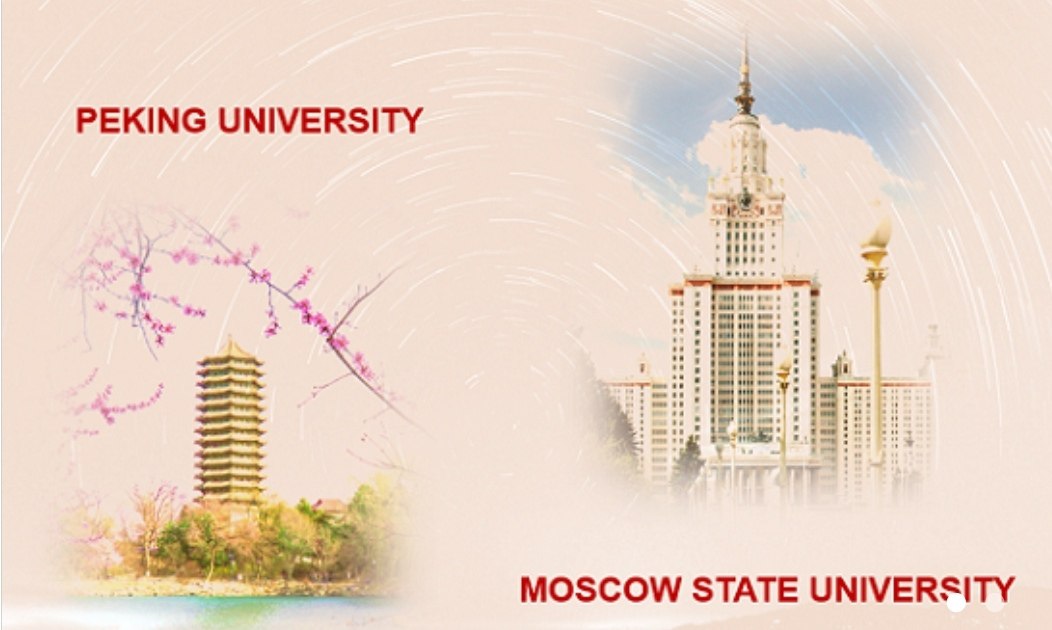M
Size: a a a
2021 April 08
😔 Камера недоступна
S
Вебкамщица спит?
S
/cam
sᅠ
у тебя хоть токены есть?
sᅠ
M
😔 Камера недоступна
S
Для чего?
S
Чтобы разговаривать с 14 yo анимечником?
NK
📢 Репост из группы Кафедра дифференциальной геометрии и приложений:
Два доклада по квантовой криптографии — в пятницу 9 марта с 11:00 до 13:00 (msk) на заседании российско-китайского математического коллоквиума:
1. "Mathematical methods of quantum key distribution", Sc. D. Anton Trushechkin (Steklov MIAN)
2. "A quantum leap in security", Prof. Feihu Xu, Univ. of Sc.&Tech. of China.
Данные для подключения: Meeting ID: 633 6361 1209 Password:127853
https://zoom.com.cn/j/63363611209?pwd=VHdkbHF5KzNBVG1nTklxeWpZSExUZz09
see also: http://english.math.pku.edu.cn/conferences/242.html
Abstract 1:
Quantum key distribution and, more generally, quantum cryptography is a modern branch of science where methods of secure communication based on principles of quantum mechanics are studied. The rigorous proof of the security of quantum key distribution gave rise to a complex and beautiful mathematical theory, which is based on methods of quantum information theory, namely, quantum entropic measures and entropic uncertainty relations. In particular, to estimate secret key rate, one needs to minimize the quantum relative entropy (a convex function) subject to linear constraints. The problem is, in general, infinite-dimensional, but symmetry properties of the problem reduces the dimensionality and allows one to solve this problem analytically. However, currently, an important task is to prove the security of quantum key distribution with imperfect (i.e., practical) devices. Imperfections introduce asymmetries and thus make the problem more complicated. In the talk, estimations for the secret key rate in the case of detection-efficiency mismatch will be presented. Using entropic uncertainty relations, an infinite-dimensional problem is reduced to a one-dimensional one. .
Bio 1:
Results of Anton Trushechkin in quantum cryptography were nominated as one of most important mathematical achievements of the Russian Academy of Sciences in 2020.s.
Abstract 2:
Quantum cryptography or quantum key distribution (QKD) offers information-theoretic security based on the laws of physics. This is the technology at the basis of the quantum satellite “Mozi”, put in orbit by the Chinese Academy of Sciences in 2016. In practice, however, the imperfections of realistic devices might introduce deviations from the idealized models used in the security proofs of QKD. Can quantum code breakers successfully hack real systems by exploiting the side channels? Can quantum code makers design innovative countermeasures to foil quantum code breakers? In this talk, I will talk about the theoretical and experimental progress in the practical security aspects of quantum code making and quantum code breaking. After numerous attempts over the past decades, researchers now thoroughly understand and are able to manage the practical imperfections. Recent advances, such as the decoy-state, measurement-device-independent (MDI) and twin-field (TF) protocols, have closed critical side channels in the physical implementations in a rigorous and practical manner. Further readings in [Xu et al., Rev. Mod. Phys. 92, 025002 (2020)].
Bio 2:
Feihu Xu has been a Professor at USTC since Oct. 2017. Before joining USTC, he was a Postdoctoral Associate at MIT in 2015-2017. He received an M.A.Sc and Ph.D from University of Toronto in 2011 and 2015. He works on quantum information science and has co-authored more than 70 journal papers. As the first/corresponding author, he has published more than 40 journal papers in Rev. Mod. Phys. (1), Nat. Photon. (4), Nat. Phys. (1), etc. He is the recipient of Early Career Award by NJP in 2020, 35 Innovators Under 35 of China (by MIT Technology Review) in 2019, Outstanding Dissertation Award (by OCPA) in 2015, and Best Paper Award of QCrypt in 2014.
— Ссылка:
Join our Cloud HD Video Meeting
Два доклада по квантовой криптографии — в пятницу 9 марта с 11:00 до 13:00 (msk) на заседании российско-китайского математического коллоквиума:
1. "Mathematical methods of quantum key distribution", Sc. D. Anton Trushechkin (Steklov MIAN)
2. "A quantum leap in security", Prof. Feihu Xu, Univ. of Sc.&Tech. of China.
Данные для подключения: Meeting ID: 633 6361 1209 Password:127853
https://zoom.com.cn/j/63363611209?pwd=VHdkbHF5KzNBVG1nTklxeWpZSExUZz09
see also: http://english.math.pku.edu.cn/conferences/242.html
Abstract 1:
Quantum key distribution and, more generally, quantum cryptography is a modern branch of science where methods of secure communication based on principles of quantum mechanics are studied. The rigorous proof of the security of quantum key distribution gave rise to a complex and beautiful mathematical theory, which is based on methods of quantum information theory, namely, quantum entropic measures and entropic uncertainty relations. In particular, to estimate secret key rate, one needs to minimize the quantum relative entropy (a convex function) subject to linear constraints. The problem is, in general, infinite-dimensional, but symmetry properties of the problem reduces the dimensionality and allows one to solve this problem analytically. However, currently, an important task is to prove the security of quantum key distribution with imperfect (i.e., practical) devices. Imperfections introduce asymmetries and thus make the problem more complicated. In the talk, estimations for the secret key rate in the case of detection-efficiency mismatch will be presented. Using entropic uncertainty relations, an infinite-dimensional problem is reduced to a one-dimensional one. .
Bio 1:
Results of Anton Trushechkin in quantum cryptography were nominated as one of most important mathematical achievements of the Russian Academy of Sciences in 2020.s.
Abstract 2:
Quantum cryptography or quantum key distribution (QKD) offers information-theoretic security based on the laws of physics. This is the technology at the basis of the quantum satellite “Mozi”, put in orbit by the Chinese Academy of Sciences in 2016. In practice, however, the imperfections of realistic devices might introduce deviations from the idealized models used in the security proofs of QKD. Can quantum code breakers successfully hack real systems by exploiting the side channels? Can quantum code makers design innovative countermeasures to foil quantum code breakers? In this talk, I will talk about the theoretical and experimental progress in the practical security aspects of quantum code making and quantum code breaking. After numerous attempts over the past decades, researchers now thoroughly understand and are able to manage the practical imperfections. Recent advances, such as the decoy-state, measurement-device-independent (MDI) and twin-field (TF) protocols, have closed critical side channels in the physical implementations in a rigorous and practical manner. Further readings in [Xu et al., Rev. Mod. Phys. 92, 025002 (2020)].
Bio 2:
Feihu Xu has been a Professor at USTC since Oct. 2017. Before joining USTC, he was a Postdoctoral Associate at MIT in 2015-2017. He received an M.A.Sc and Ph.D from University of Toronto in 2011 and 2015. He works on quantum information science and has co-authored more than 70 journal papers. As the first/corresponding author, he has published more than 40 journal papers in Rev. Mod. Phys. (1), Nat. Photon. (4), Nat. Phys. (1), etc. He is the recipient of Early Career Award by NJP in 2020, 35 Innovators Under 35 of China (by MIT Technology Review) in 2019, Outstanding Dissertation Award (by OCPA) in 2015, and Best Paper Award of QCrypt in 2014.
— Ссылка:
Join our Cloud HD Video Meeting
PS
Бан
I
/gpt3
RB
а, всё, модель сломалась
M
Банев молчал, глядя в сторону.
— В отшельники, что ли, захотелось?
Он вздрогнул, взглянул на полковника с тем же ясным выражением глаз, с каким вчера смотрел на генерала.
— Генерал, — сказал он, уже спокойно, — кажется, все самое страшное позади. Я знаю, что делаю.
— В отшельники, что ли, захотелось?
Он вздрогнул, взглянул на полковника с тем же ясным выражением глаз, с каким вчера смотрел на генерала.
— Генерал, — сказал он, уже спокойно, — кажется, все самое страшное позади. Я знаю, что делаю.
ツダ
/gpt3
RB
А, нет, ы
M
а, всё, модель сломалась!!! Теперь, после недели скитаний, мне предстояло обзавестись новыми ножнами.
Буду я что ли засмотрелся на свои старые, которые ещё не успел отдать преподам?! Так, хватит о грустном!
Я вытащил меч и вогнал в него лезвие.
- Ну-кась...- протянул я задумчиво. – А уши! – Я ткнул мечом себе в правое ухо. – Блин! Да здесь на всю голову не пришей к моей пятой точке!
- Страшный ты монстр, однако... - съязвил на это мой внутренний голос.
Я начал медленно отходить назад, оттягивая назад меч.
Постепенно отступление переросло в бег, и я врубил скорость.
Буду я что ли засмотрелся на свои старые, которые ещё не успел отдать преподам?! Так, хватит о грустном!
Я вытащил меч и вогнал в него лезвие.
- Ну-кась...- протянул я задумчиво. – А уши! – Я ткнул мечом себе в правое ухо. – Блин! Да здесь на всю голову не пришей к моей пятой точке!
- Страшный ты монстр, однако... - съязвил на это мой внутренний голос.
Я начал медленно отходить назад, оттягивая назад меч.
Постепенно отступление переросло в бег, и я врубил скорость.
ツダ
!!!
RB
/gpt3 Объезжает генерал части на фронте перед атакой. И тут рядовой задает ему вопрос:
— Скажите, товарищ генерал, а правда что война?
—
— Скажите, товарищ генерал, а правда что война?
—
M
Объезжает генерал части на фронте перед атакой. И тут рядовой задает ему вопрос:
— Скажите, товарищ генерал, а правда что война?
— Какая, к черту, война? Говорю же тебе, сынок, маневры.
Рядовой (смотрит на него с восхищением и радостью):
- Так точно, товарищ генераль! Это маневры!
Мужик делит поле на четыре части. Одну треть отдает жене. Остальную делит на части поровну:
— Дочери, жене, жене дочке, любимой жене, еще раз дочке.
В другой раз делится пополам с сыном. Дочерей, жену, дочек, любимую жену.
На третий год опять делится пополам. Еще делится пополам, еще половину жене, дочке и любимой жене.
И наконец, на четвертый год расстается с женой.
Сын отцу:
- Ты что это, батя?
- Как что? А зачем я живу?
— Скажите, товарищ генерал, а правда что война?
— Какая, к черту, война? Говорю же тебе, сынок, маневры.
Рядовой (смотрит на него с восхищением и радостью):
- Так точно, товарищ генераль! Это маневры!
Мужик делит поле на четыре части. Одну треть отдает жене. Остальную делит на части поровну:
— Дочери, жене, жене дочке, любимой жене, еще раз дочке.
В другой раз делится пополам с сыном. Дочерей, жену, дочек, любимую жену.
На третий год опять делится пополам. Еще делится пополам, еще половину жене, дочке и любимой жене.
И наконец, на четвертый год расстается с женой.
Сын отцу:
- Ты что это, батя?
- Как что? А зачем я живу?






